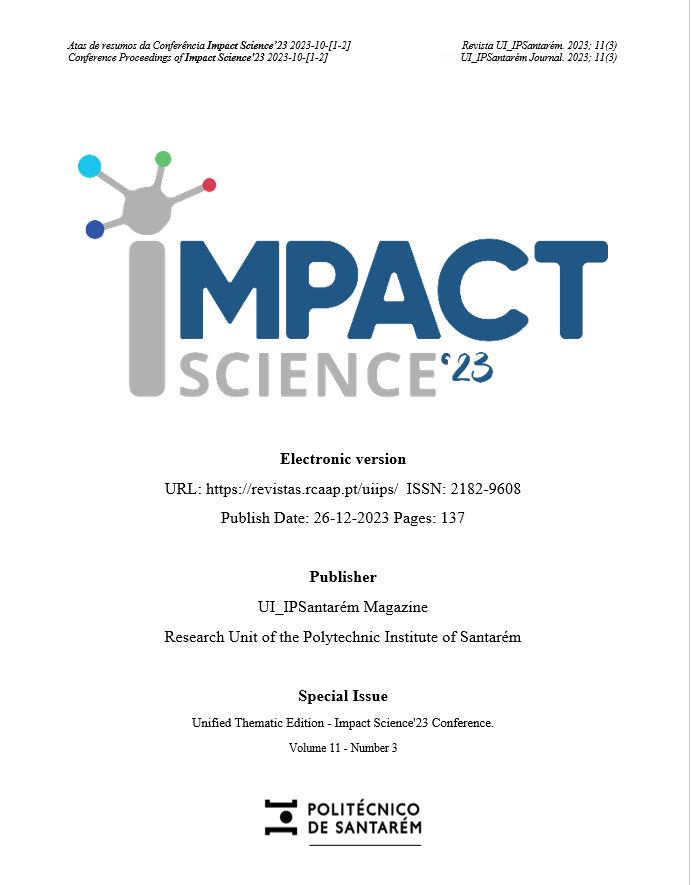Effect of direct coverage on melon with thermal blanket
DOI:
https://doi.org/10.25746/ruiips.v11.i3.32510Keywords:
Cucumis melo L., direct coverage, thermal blanket, yieldAbstract
Melons are offered to consumers in Portugal throughout the year. However, national production generally takes place from the beginning of June to the beginning of September. The use of direct coverage with a thermal blanket, in this crop, may allow a faster vegetative development at the beginning of the cultural cycle; the anticipation of the harvest period; the increase in productivity. At the end of March 2023, a trial was set up, in completely randomized plots, on the experimental campus of Qta. Do Galinheiro, Santarem. This trial aimed to evaluate the effect of direct coverage with a thermal blanket on the “Pias” melon cultivar. We have quantified the Leaf Area Index (LAI), using a ceptometer, the number of fruits per plant, the average weight of fruits and commercial productivity. Direct coverage with thermal blanket allowed to increase the LAI. At 43 Days After Planting (DAP) treatment with thermal blanket (CMT) presented a value of 2,3m2/m2, while in the treatment without thermal blanket (SMT) it was 1,6 m2/m2. The differences were not, however, statistically significant. The average number of fruits per plant was significantly higher (p<0,05) in the CMT treatment (3,2 fruits/Plt) than in the SMT treatment (2,5 fruits/Plt). The average fruit weight was higher in the CMT (1,993 kg/fruit) and lower in the SMT (1,824 kg/fruit), although the difference was not significant (p>0,05). Commercial productivity was higher (p<0,05) in the CMT (26 154 kg/ha) compared to the SMT treatment (18 877 kg/ha).
Downloads
Published
How to Cite
Issue
Section
License
Copyright (c) 2023 Artur José Guerra Amaral, Ana Carolina Marques, João Bernardo, Maria João Jorge, Samuel Sequeira

This work is licensed under a Creative Commons Attribution-NonCommercial-NoDerivatives 4.0 International License.
Authors publishing in this journal agree to the following terms:
Authors retain copyright and grant the journal the right of first publication, with the article simultaneously licensed under the Creative Commons Attribution License that allows sharing of the work with acknowledgement of authorship and initial publication in this journal.
Authors are permitted to enter into additional contracts separately for non-exclusive distribution of the version of the article published in this journal (e.g., publish in an institutional repository or as a book chapter), with acknowledgment of authorship and initial publication in this journal.
Authors have permission and are encouraged to publish and distribute their work online (e.g., in institutional repositories or on their personal webpage) at any point before or during the editorial process, as this may generate productive changes, as well as increase the impact and citation of the published work.



